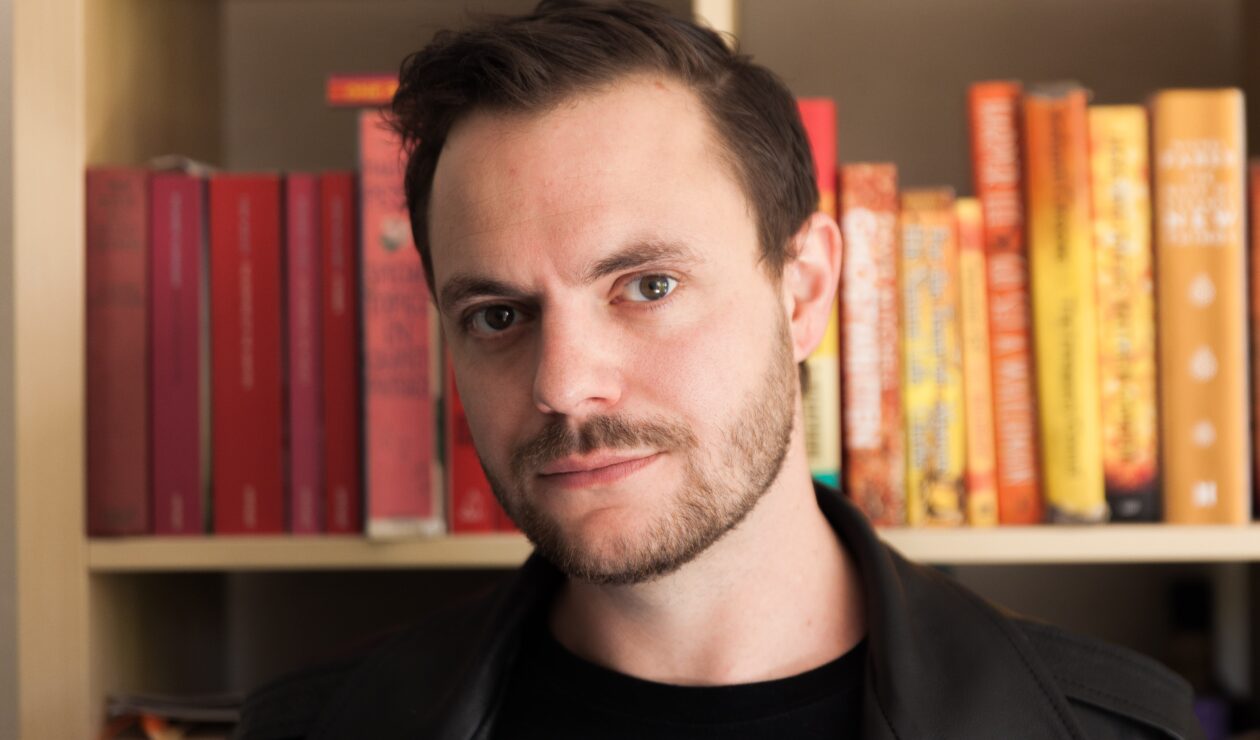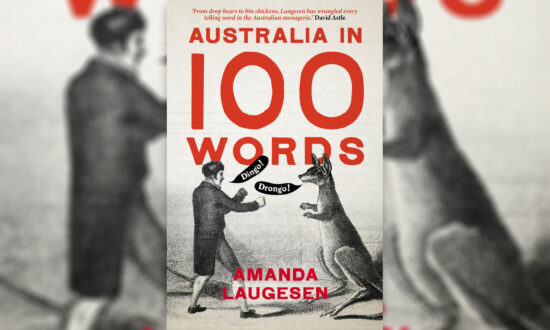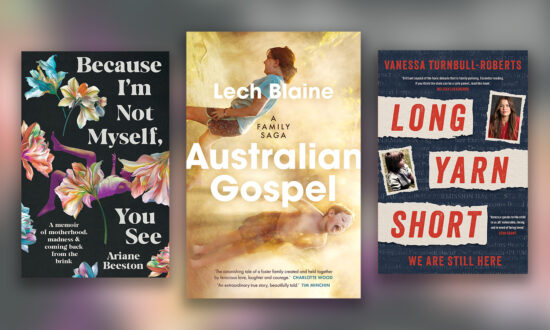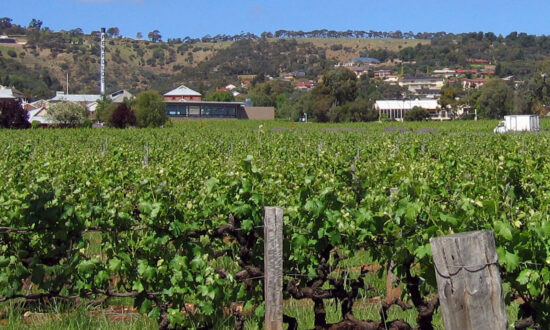For so long the Sydney art scene has been begging to be satirised. The egos, the money, the hangers on, the thrilling vicissitudes.
Enter Oli Darling, a celebrity artist with a carefully curated image – the gay painter who grew up on a farm, wears expensively battered leather jackets, RM Williams boots carefully scuffed, drives a Hilux and lives in a rented, clifftop “sandstone palace”.
And he has a penchant for cocaine and a louche lifestyle.
The novel opens with him, upon waking, taking a long loving look at himself in the mirror. It’s a portrait of an artist – “clear skin, greasy shoulder-length hair, salt-flecked beard framing a crooked grin”.
This is followed by urgently checking his Instagram profile, wincing when a terrible amateur photo of him in a nightclub appears among the handsomely craggy self-portraits.
Oli has spent a lifetime schmoozing the super wealthy Sydney high society collectors, flitting about openings “like a hummingbird” and disappearing before he drinks too much and ruins his reputation.
They are effectively satirised; the Scion, the Baron, “the third-generation squatter who had inherited enormous wealth and, with it, limitless reserves of white guilt”.
And the richest of all, the Money who, on spying a woman with piecemeal plastic surgery, says “It’s like a bad reno – the facade is modernist but the bones are brutalist”.
On the eve of his latest exhibition Oli is feeling a touch of imposter syndrome. He knows the work – “colonial era watercolours sourced online, then defaced with sci-fi kitsch” – looks “phoned in” but he has run out of time.
Nevertheless, he embarks on the press interviews with his usual charm and gusto, spouting platitudes that the work is about “toxic masculinity. The river of it that runs through our culture” … spouting what one journalist will later realise is “nonsense.” Arts journalists will recognise it all.
To help him along on his press day Oli has visited his cocaine dealer, to whom he is in considerable debt, and by the time he appears on live television in the evening he is jaw-grindingly high.
After, in a moment of madness, disparaging the Anzacs, Oli finds himself cancelled, at risk of losing everything, no longer loved. The only way to redeem himself and retrieve his fortunes is to submit to a memoir about his life, spill his guts. For this he requires a ghost writer.
In comedic scenes he and the ghost writer keep ordering expensive bottles of wine in a fashionable bar, each broke and under the impression that the other is paying. There is a knowingness in this exchange – the author Liam Pieper is a notable ghost writer who by definition has never been credited for runaway bestsellers.
Once cancelled, Oli is subjected to humiliation after humiliation – slightly reminiscent of early Martin Amis – as he is sent out on the road to talk to uncomprehending school children.
The construct that is Oli will be stripped away, revealing that his early most seminal work, Daffo, comes from a fatal betrayal. There is tenderness for his young awkward misfit self.
And he learns that “the value of a painting is whatever someone is willing to pay for it”.
Oli, it turns out, is the creation of his former dealer turned agent, who mixes in some very dubious company. Artworks are a convenient and portable way of laundering money. Oli finds himself at the intersection of art and crime.

Get InReview in your inbox – free each Saturday. Local arts and culture – covered.
Thanks for signing up to the InReview newsletter.
The word “hubris” is a constant refrain – about Sydney, the art world, Oli.
Always comedic, often profound, there is even gangster action towards the end. Oli Darling and his world are well and truly satirised in a fine contemporary novel by a hugely talented writer.
Appreciation by Liam Pieper, Hamish Hamilton, $34.99
Support local arts journalism
Your support will help us continue the important work of InReview in publishing free professional journalism that celebrates, interrogates and amplifies arts and culture in South Australia.
Donate Here




